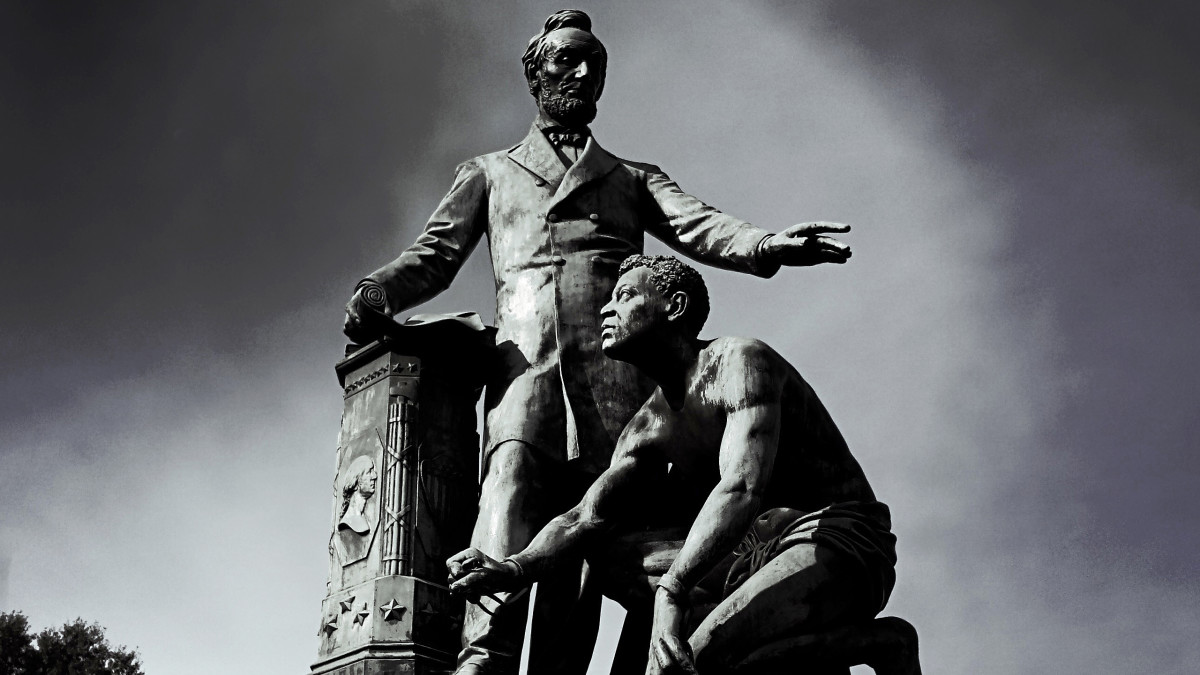Scholars argue over how fundamental slavery has been to different cultures. Perhaps half of all societies have owned legal slaves. But if we define a slave society as one in which slaves play a significant role in production and constitute, say, 20 percent of the total population, then there have been only five slave societies in known history: classical Athens, Roman Italy (though not the remainder of the Empire), the West Indies under the British and French, the southern portion of the United States before 1865, and Brazil. This does not, of course, include other forms of forced labor.
Roman Italy and Sicily became a slave society as the Romans conquered the whole of the Mediterranean world. Slavery was both fed by, and helped to feed, the expansion of the Roman Empire. The presence of slaves in Roman Italy, chiefly the captives of foreign wars, forced major changes in political and economic organization; slaves may have made up a third of the population-2 million out of 6 million people-by the end of the first century B.C. Slaves were brought back to Rome as booty.
As the rich invested in new agricultural land, angry peasants were displaced by slaves and forced into the cities, where they supported political leaders who promised to help them. Roman slaves could acquire professions and skills, however. Many were freed and assimilated as citizens, so that slavery was not fixed by unchanging status, color, religion, or origin. Slaves could purchase their own freedom, and thus emancipation meant that owners gained new sums of money produced by the newly freed slaves themselves with which they could purchase younger replacements. The system thereby became, for a time, self-perpetuating.

